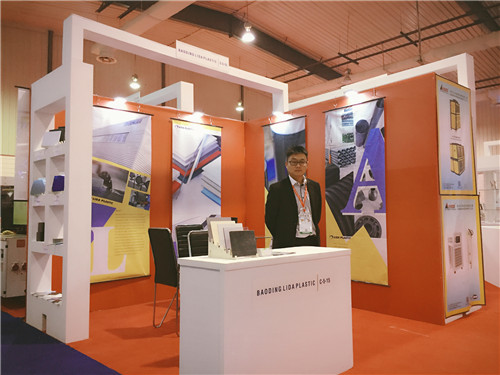lis . 13, 2024 06:09 Back to list
Understanding Different Types of Gas Pipe Fittings and Their Applications
Understanding Gas Pipe Fittings An Essential Component for Safety and Efficiency
Gas pipe fittings are crucial elements in the installation and maintenance of gas lines. These fittings serve as connectors, allowing different lengths and types of pipe to be joined effectively. Ensuring that these fittings are properly selected and installed is vital for the safe and efficient transportation of gas in residential, commercial, and industrial applications.
The Importance of Quality Fittings
Gas pipe fittings come in various materials, including steel, brass, plastic, and copper. The choice of material often depends on the type of gas being transported, the pressure conditions, and the overall application. For instance, steel fittings are commonly used for natural gas and propane applications due to their durability and strength. On the other hand, copper is often utilized in residential setups for its ease of installation and resistance to corrosion.
Using high-quality fittings is critical to preventing leaks, which can pose severe safety hazards, including fire and explosion risks. Poor-quality or improperly fitted connections can lead to gas leaks, resulting in health risks or extensive property damage. Therefore, strict adherence to safety standards and regulations is essential in the selection and installation of gas pipe fittings.
Types of Gas Pipe Fittings
There are several types of gas pipe fittings, each designed for specific functions
1. Elbows These fittings allow for a change in direction of the gas line, typically at a 90 or 45-degree angle. Elbows are essential for navigating physical barriers in construction work.
gas pipe fittings

2. Tees Tee fittings are used to connect three sections of pipe, allowing gas to flow in multiple directions. This is particularly useful in branching systems where gas needs to be distributed to various appliances.
3. Couplings and Unions Couplings are used to connect two straight pieces of pipe, whereas unions can be disconnected easily without disturbing the attached pipes. This feature is vital during repair or maintenance work.
4. Caps and Plugs Caps are placed over the end of a pipe, while plugs are inserted into the pipe’s end. Both are used to close off a gas line securely, particularly in instances where future expansion may be necessary.
Installation and Maintenance Considerations
Proper installation of gas pipe fittings requires careful planning and adherence to local codes and standards. It is critical to consult professional gas fitters for installation to ensure that the right materials and methods are used. Moreover, regular maintenance checks are essential to identify potential issues early, such as corrosion or wear and tear. Ensuring that fittings are inspected periodically helps maintain a seamless and safe gas delivery system.
Conclusion
Gas pipe fittings may seem like a minor component in the gas distribution system, but their role is crucial for ensuring safety and efficiency. From preventing dangerous gas leaks to facilitating the effective distribution of gas to various appliances, the right fittings can make an enormous difference. By prioritizing quality, adhering to safety regulations, and engaging professional services for installation and maintenance, users can ensure their gas systems operate smoothly and safely. Investing in the best gas pipe fittings not only contributes to a safer environment but also enhances the overall reliability of a gas installation.
-
PVC Transparent Sheet Roll - Durable & Flexible PVC Plastic Sheet Roll for Industrial & Home Use
NewsJun.24,2025
-
High-Quality PVC PPR Pipes and Fittings Durable ERA PPR Solutions
NewsJun.10,2025
-
High-Quality Large HDPE Sheets & Large Diameter PVC Pipe Durable Large PVC Pipe Supplier
NewsJun.10,2025
-
High Density Polyethylene Cutting Board - Durable & Food Safe
NewsJun.09,2025
-
3 Inch PVC Pipe for Durable Irrigation Affordable & Reliable
NewsJun.09,2025
-
Premium PPR Plastic Water Pipe Fittings - Durable & Leak-Free
NewsJun.09,2025

